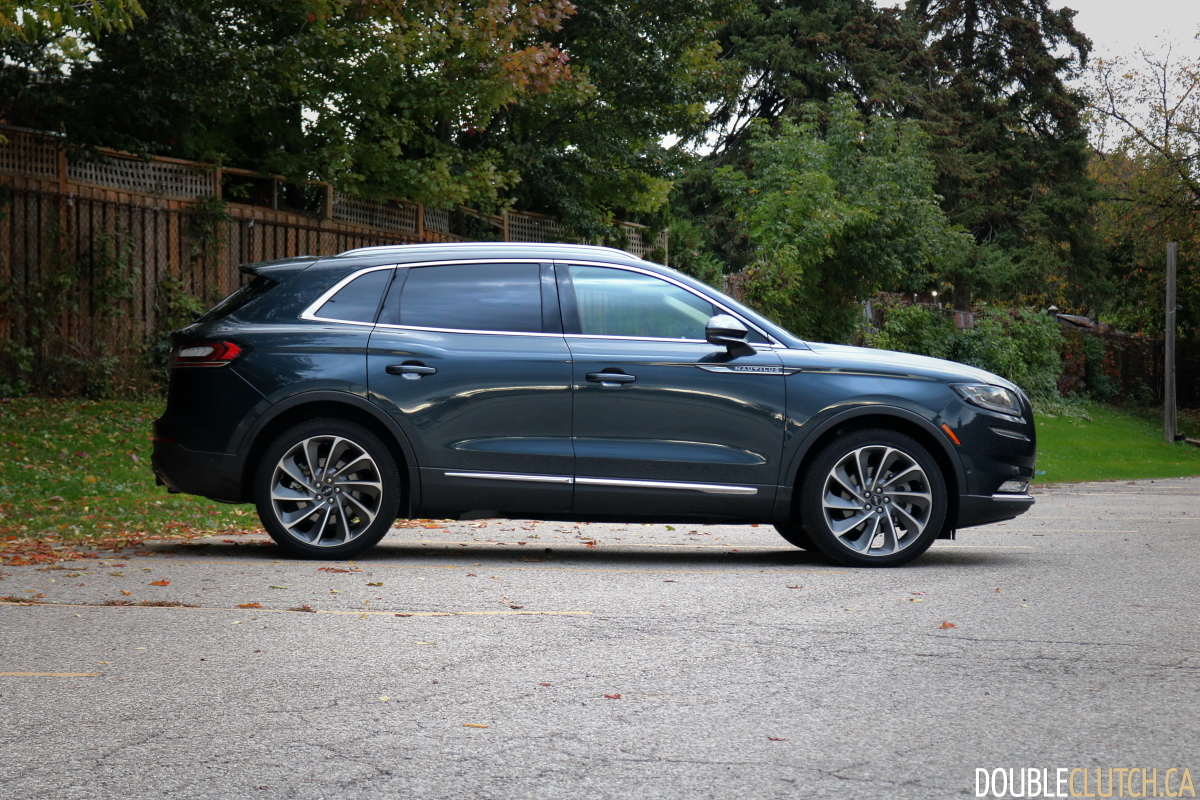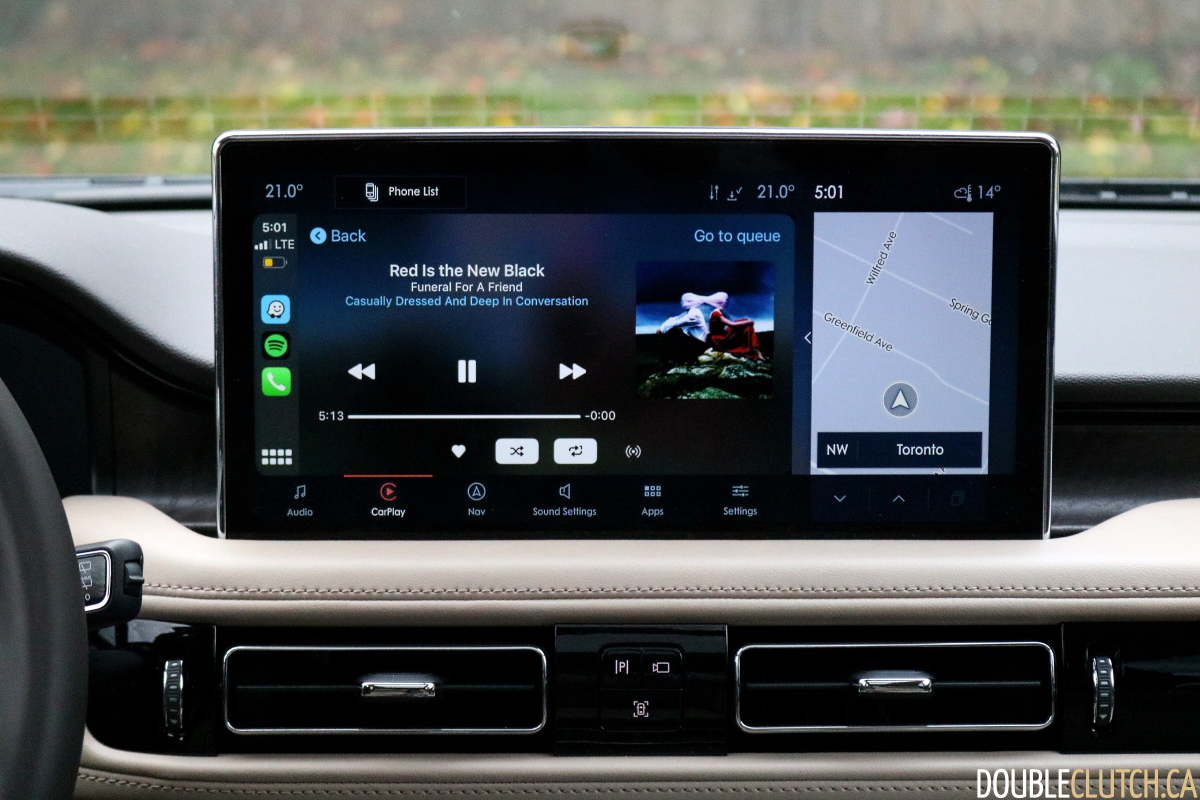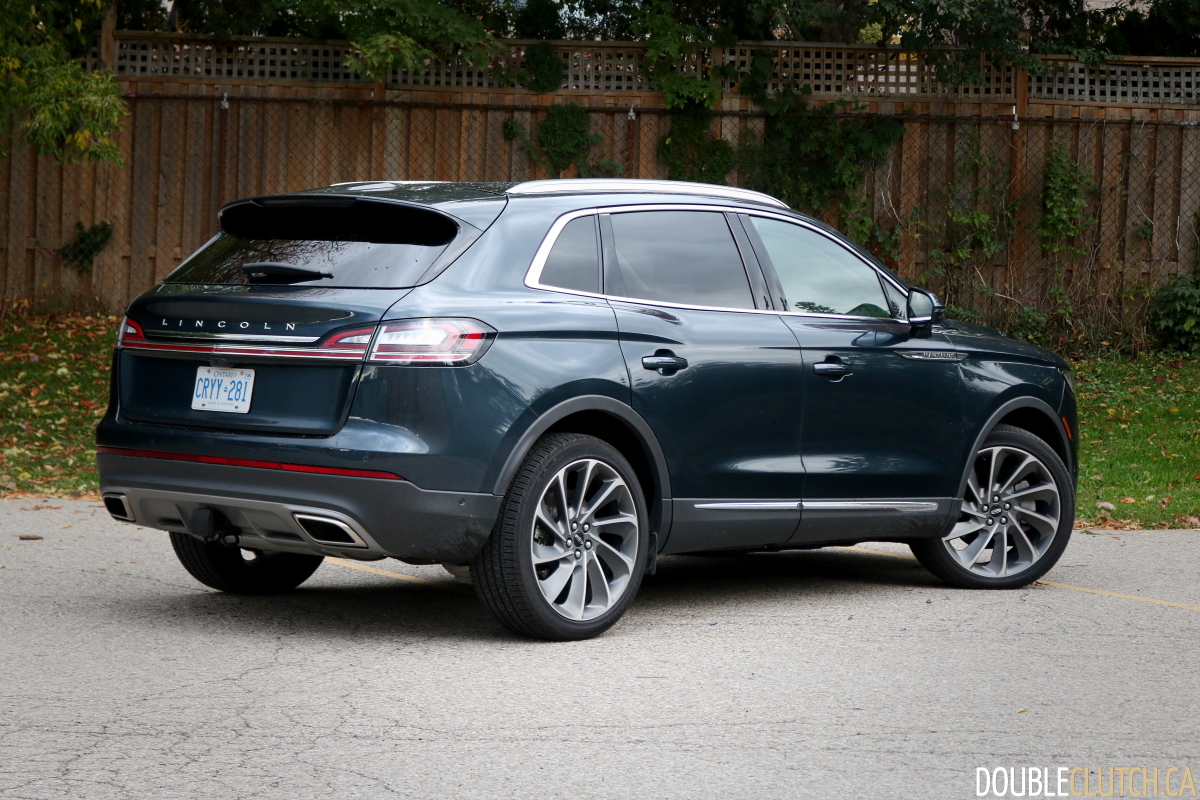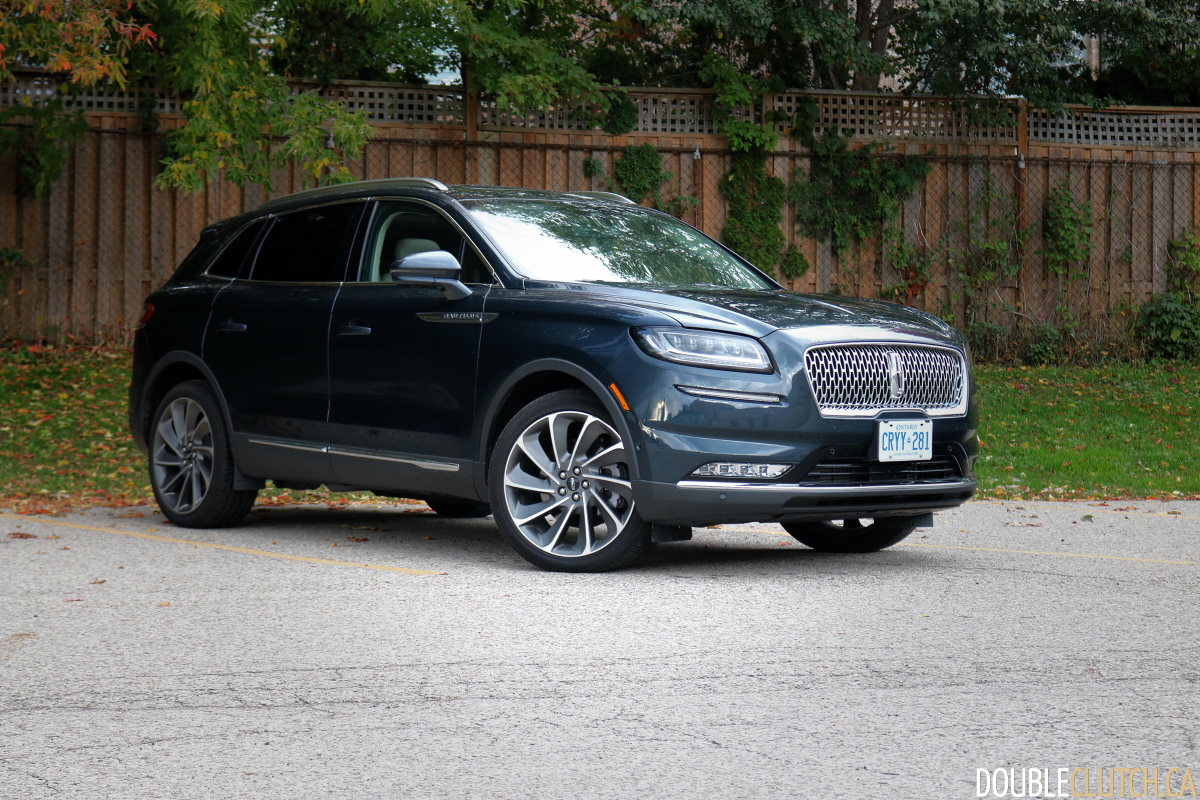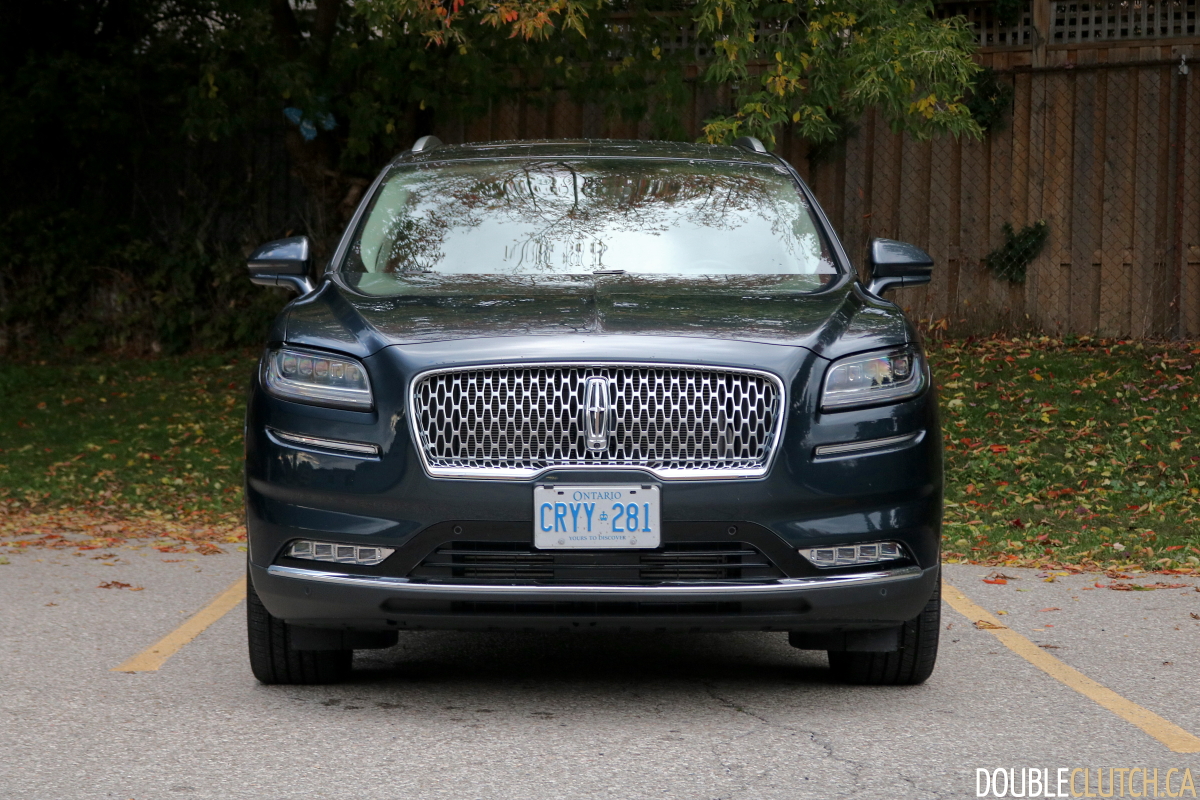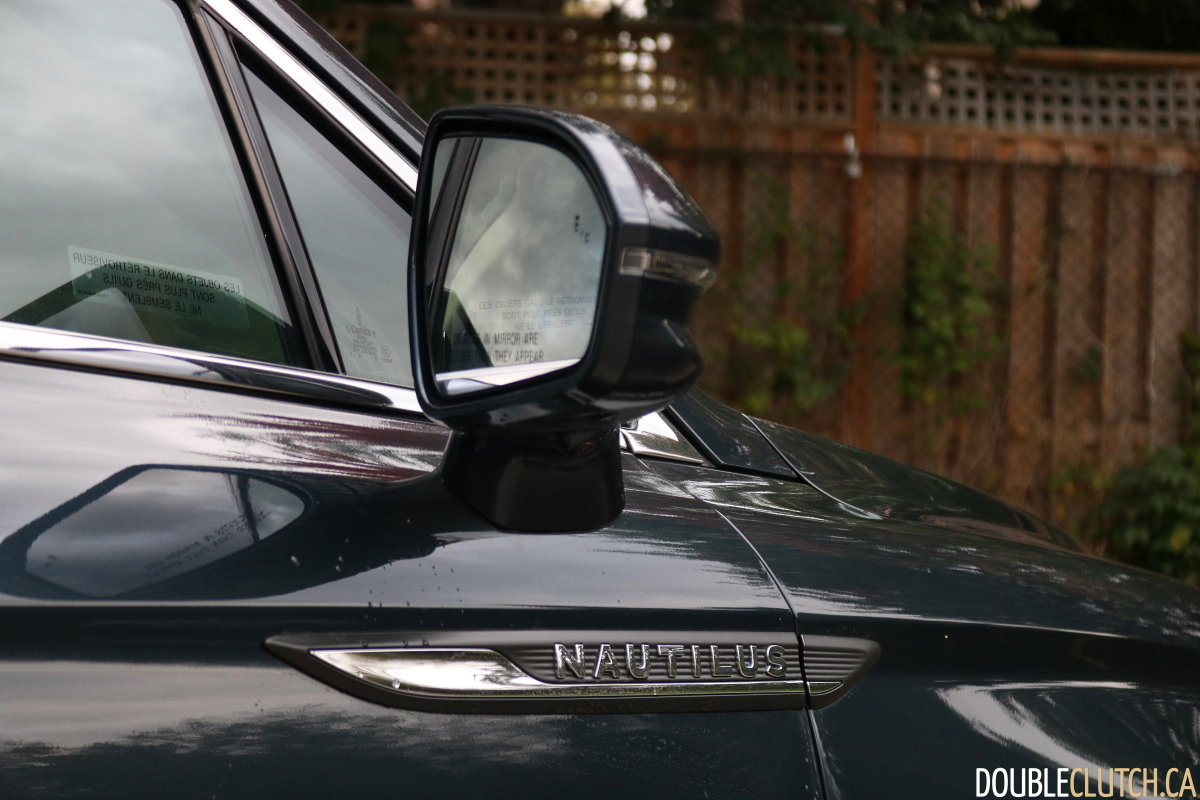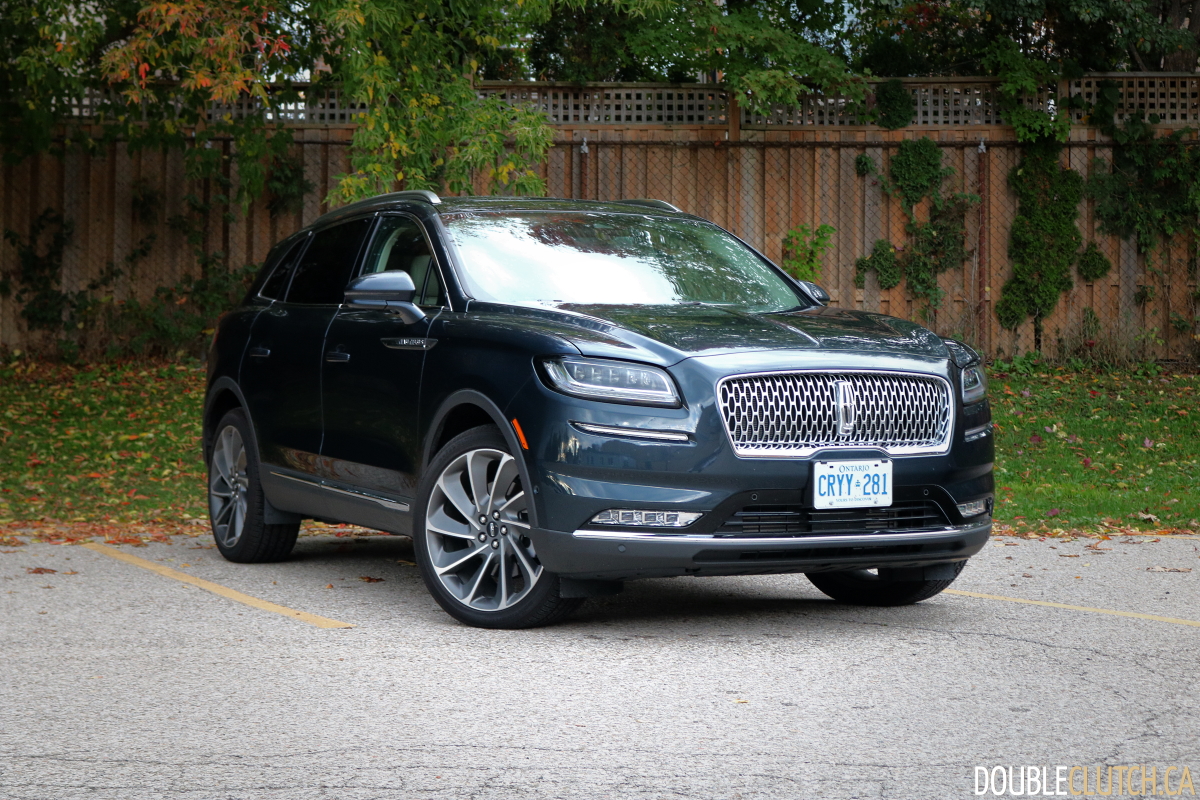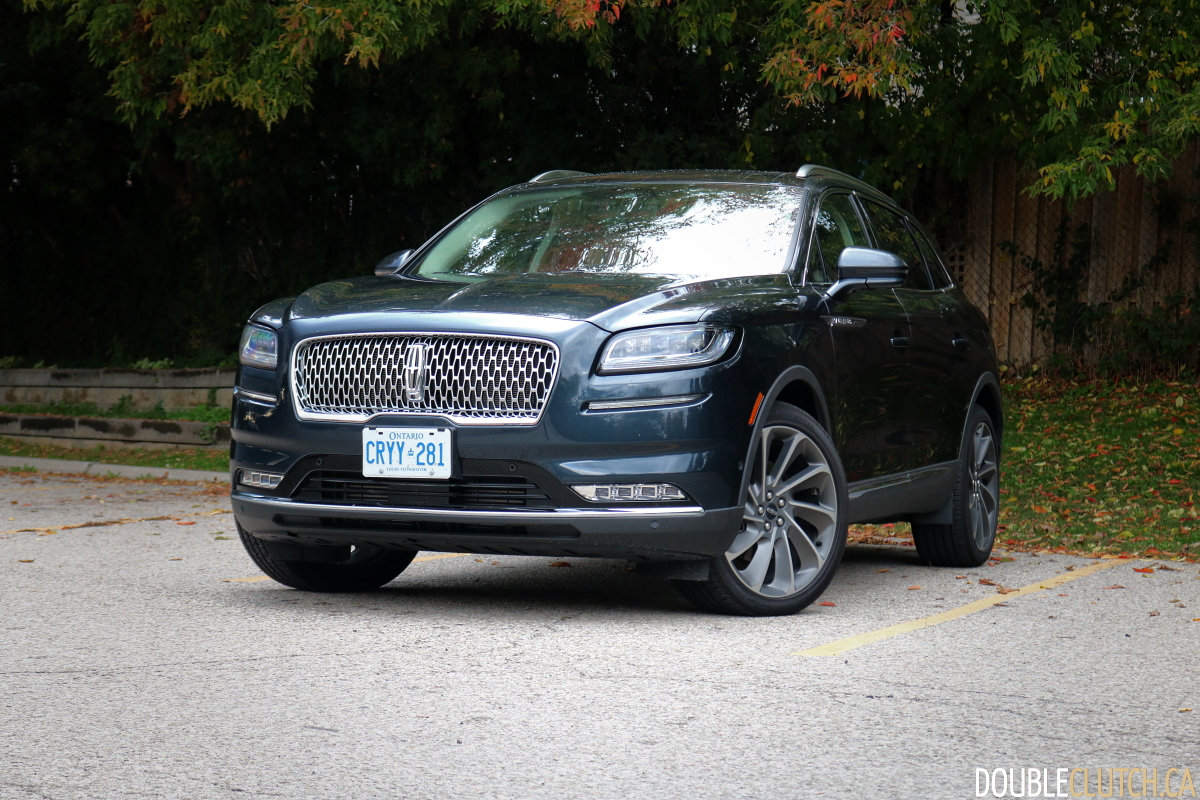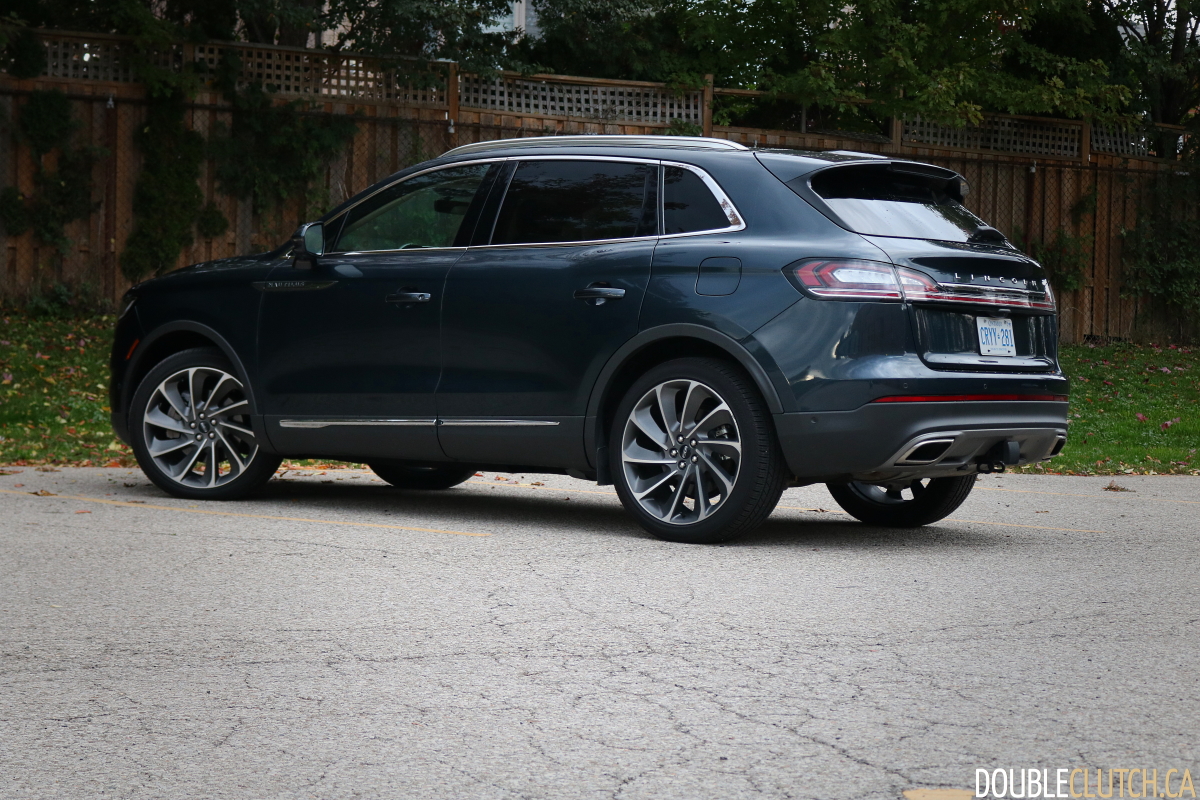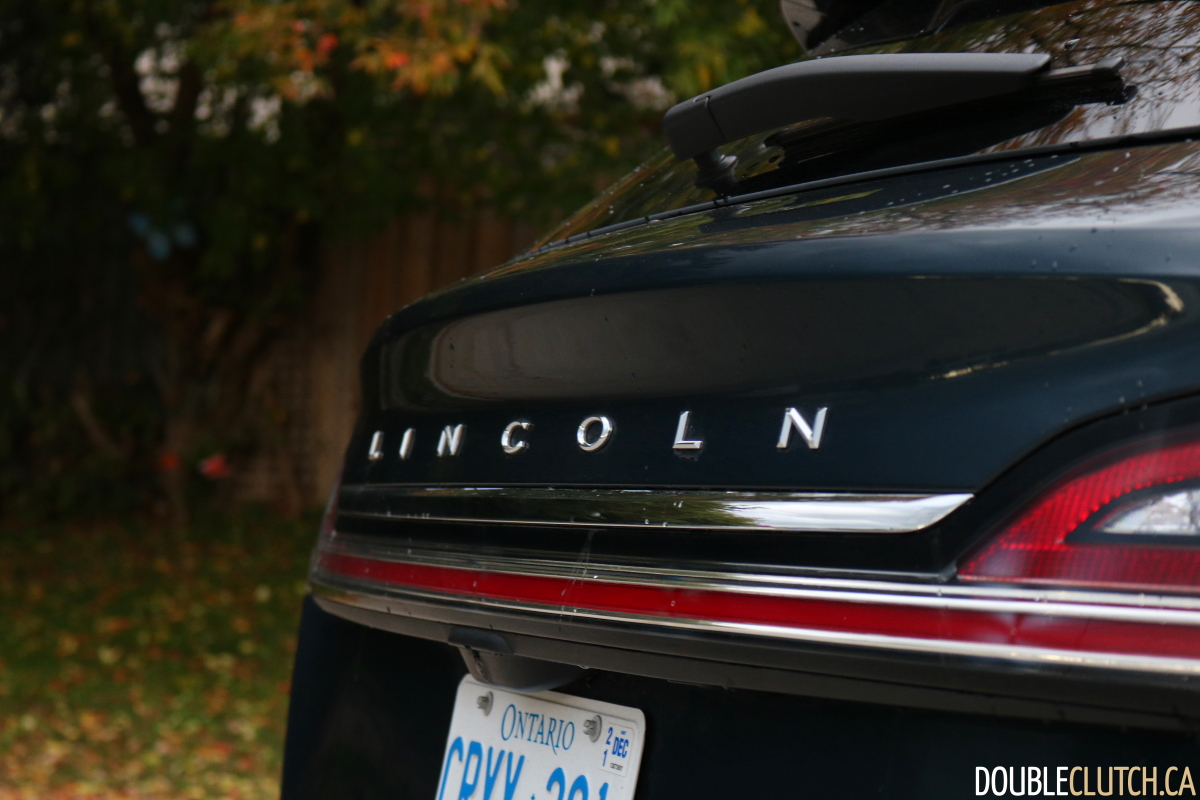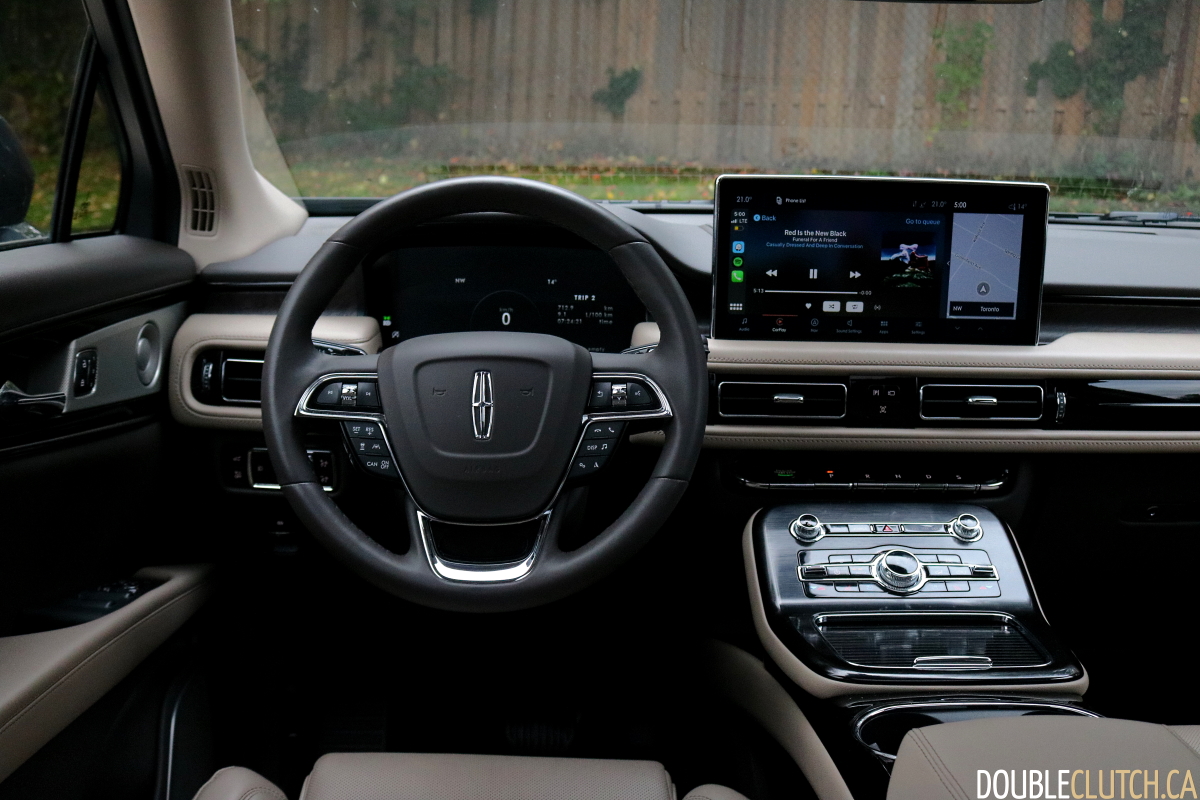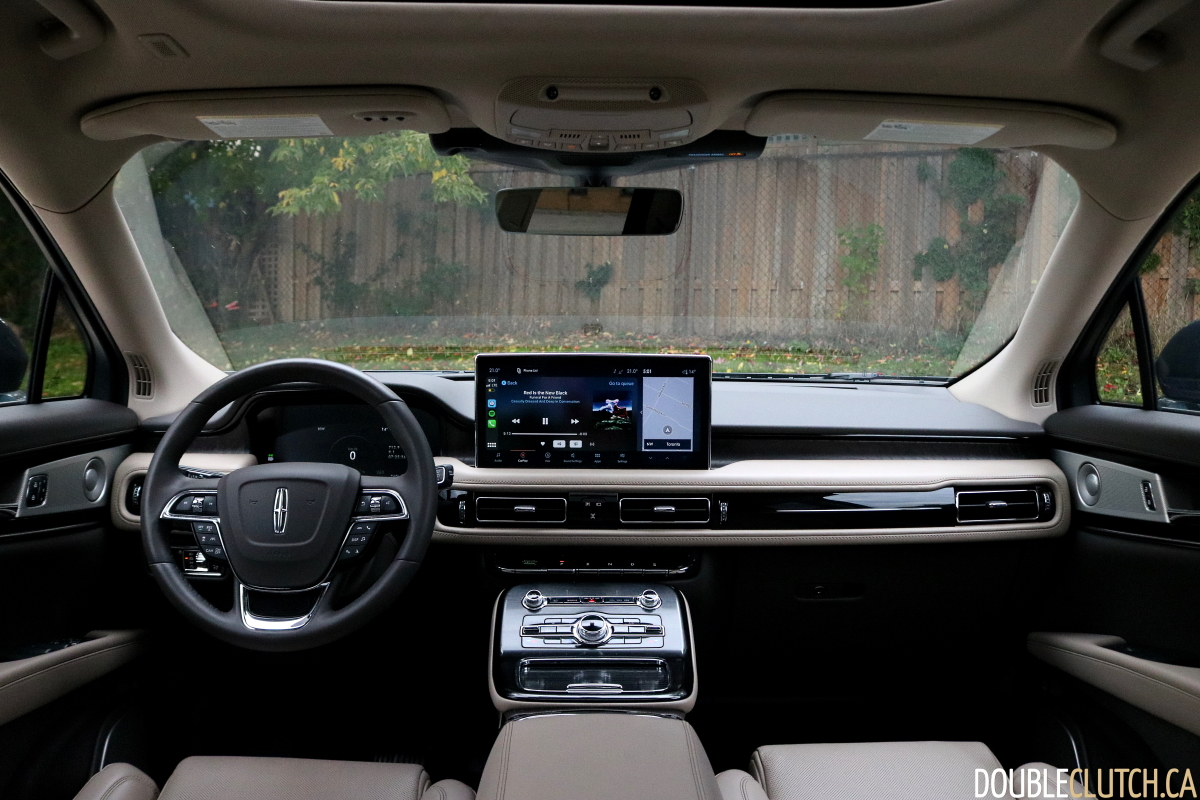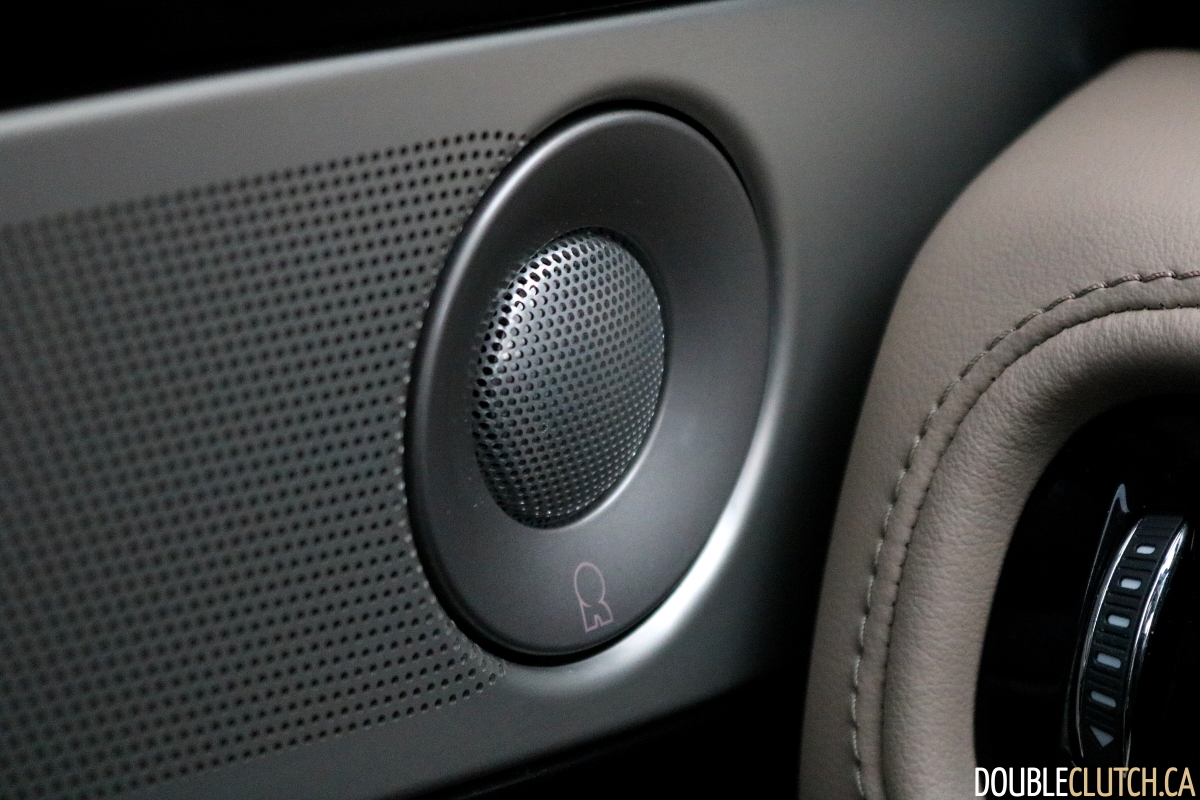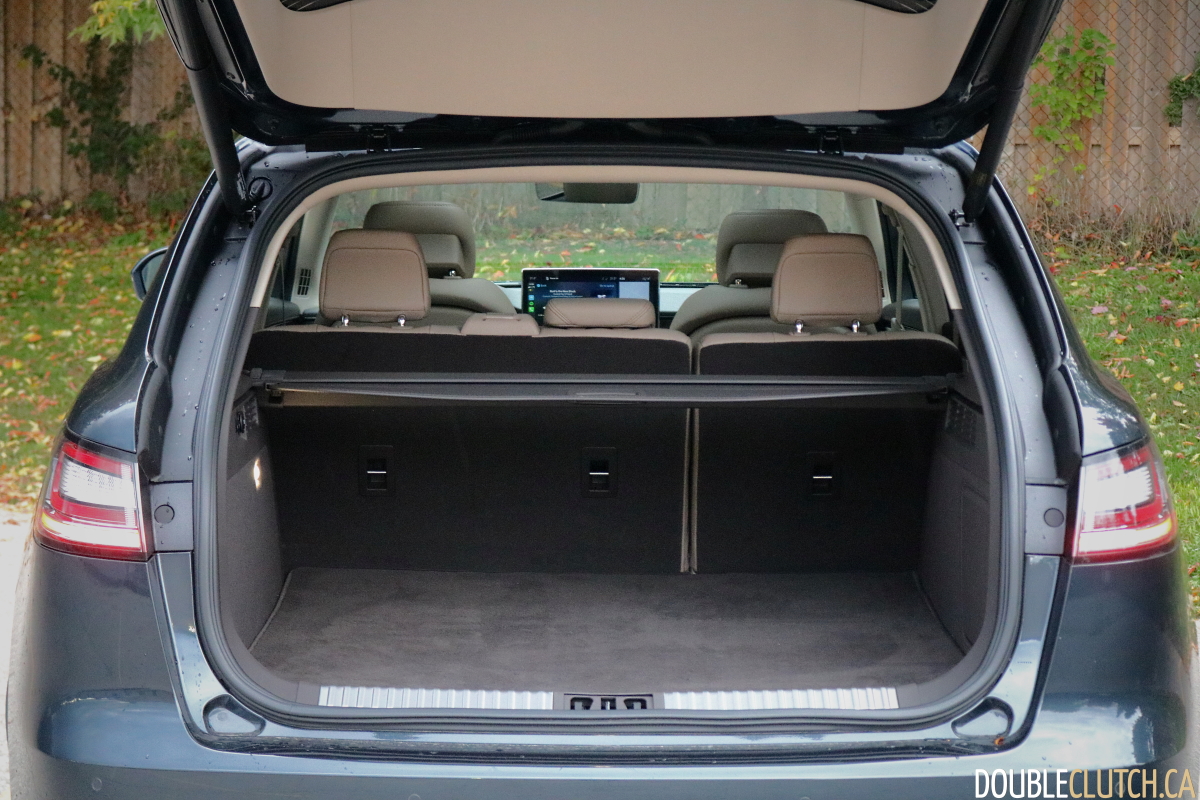It’s said to take between eight and 12 days for a caterpillar to morph into a Monarch butterfly. By contrast, it’s taken four model years for the Lincoln MKX to morph into the 2021 Lincoln Nautilus Reserve. Absolute ages by the standards of nature but a mere blink of the eye through the automotive lifecycle lens. So has the transformation made Lincoln’s mid-size crossover competitive with segment leaders or is it merely a touch of botox on an old face? Let’s find out.
Although the Nautilus has been substantially revised for 2021, most casual observers would never know by looking at it. The front bumper has been simplified, but that’s about it on the outside. What’s actually happened is that the Nautilus has started drinking Kombucha, listening to white noise and reading self-improvement books. Yep, the big changes are all on the inside, a smart move considering it’s usually unsafe to look at the outside of a car whilst driving it.
Gone is the antiquated waterfall dashboard, replaced with one more in-keeping with the rest of the Lincoln lineup. If I’m being honest, this is the interior the Nautilus should’ve had from the start. Lincoln have gone hard with the soft-touch plastic, using a material with the texture and plushness of a gym mat on the dashtop. Across the face of the dashboard is a broad swath of stitched textile, en vogue for 2021. Inset slabs of wood that look and feel like plastic combine with indulgent chrome trim to sincerely pay tribute to the Brougham era of American luxury, a time when cars were bought by the foot and when anyone on a development team mentioning sports suspension would be promptly defenestrated.
Plastered to the dashboard is an enormous 13.2-inch touchscreen running the latest SYNC 4 infotainment software. It’s a massive upgrade over the old system, especially concerning reliability. Using Apple CarPlay on the outgoing system was a hazard-fraught affair of software crashes and lag. On the new system, it’s as flawless as it is wireless. The native Sync 4 interface is also quite good with instant response, pinch-and-drag capability and a navigation system that tells the driver if they can grab food at the next highway exit.
Compared to the infotainment, the 12.3-inch screen for the digital gauge cluster offers inferior black levels but still features a slick, minimalist interface that puts BMW’s uncouth jumble to shame. Even better is how all of this tech is standard, there’s no punishment for going light on the options list. Of course, some tech is optional, like my test car’s Revel Ultima 19-speaker stereo. It’s decently clean with fair staging and a balanced sound signature but needs more sub-bass to be truly awe-inspiring.
When it comes to passenger comfort, it should be no surprise that the Nautilus offers plenty. View of the road is commanding, front-row headroom and legroom are fantastic and the available 22-way front seats offer a powerful massage function that really works the mid-back. The dead pedal could be a touch thinner and the steering column could telescope out a touch farther but these are really just nitpicks. As the Nautilus is a certified wideboi, 1.4 inches wider than the outgoing Mercedes-Benz S-Class, there’s heaps of room for three across in the back.
Rear headroom and legroom are also quite good and comfort is aided by a reclining rear seat. On the luggage side of things, cargo room behind the rear seats is capacious albeit partially limited by the sloping rear window. It’s still more than enough for a weekend away but don’t expect to be hauling a fridge-freezer anytime soon. Then again, what Lincoln owner wouldn’t just pay for delivery?
Motivating the Nautilus is one of two different engines. Standard is a two-litre turbocharged four-cylinder engine making an entirely reasonable 250 horsepower and a very competitive 280 lb.-ft. of torque that matches up well with the naturally-aspirated V6 power of the Lexus RX 350 and Cadillac XT5. Truthfully, it’s the engine I’d likely pick as luxury crossovers aren’t made to be thrashed and the 2.0T’s refinement is plenty good enough.
For those insistent on their luxury crossover coming with a V6 though, there is another option. Equipped on my test car is a 2.7-litre twin-turbo V6 churning out 335 horsepower and 380 lb.-ft. of torque. Mid-range grunt as confident and authoritative as Uncle Phil busting out Lucille at the pool hall and passing acceleration is quick enough that you’ll be up to speed before you can decide on a rude name to call the absolute wet wipe who pulled out in front of you doing half the speed limit.
However, the V6 does have two downsides. The first is refinement, it carries about business with a gruff pack-a-day grumbling that just isn’t that much of a step up from a four-cylinder. The second is thirst. Highway fuel economy is fine, I averaged nine litres-per-hundred on a low-traffic road trip, but city fuel economy is a different matter. In the real urban world with stop-and-go and city streets, 14.3 L/100km is a typical number and markedly worse than the government’s city rating of 12.6 L/100km. Regardless of engine, all Nautilus models (what’s the plural of Nautilus?) come with an eight-speed automatic gearbox and all-wheel-drive. Opting for the V6 adds paddle shifters but they don’t dramatically alter the driving experience. In drive, gearbox smoothness is just fine.
In terms of ride and handling, the Nautilus is designed for the relentless, flat interstates of flyover America. An environment with few curves and decaying asphalt where the only entertainment is the occasional cacophonous juxtaposition of billboards for creepy religious zeal and adult entertainment venues. As a result, handling is less Nurburgring and more Burger King. Turn-in is apathetic rather than crisp, steering feel is entirely imaginary and steady understeer is the overarching tone. A good thing, really, as trying to make a sporty Lincoln is like trying to teach Prince Charles how to ollie.
This means that all of the attention was paid to the ride quality and my god, does it ever deliver. Gliding along at highway speeds, front heaves and big potholes are reduced to hush murmurs beneath the floor while smaller road imperfections are dispatched with entirely. There’s no jounce, no float, no porpoising over big stuff, just spring and damper working together like mustard and mayonnaise.
So what’s all this cost, then? Well, the starting price is a surprisingly reasonable $56,000 and includes all sorts of niceties that are extras on competitors, from navigation to a panoramic sunroof. Of course, my test car came optioned to the nines and retailed in the ballpark of $74,000. That may be a massive price spread but it also contains some massive options. For example, the V6 engine is $4,000 on its own, the 19-speaker Revel stereo and projector LED headlamps are part of a $5,500 option package and the 22-way seats are an extra $1,900. Truthfully, you could skip the bulk of that and still enjoy a very comfortable luxury SUV at a much better value point than competitors. Truthfully, that’s the key.
A base-model Nautilus is $9,150 less than a comparably-equipped Lexus RX 350 and $20,590 cheaper than a comparably-equipped Mercedes-Benz GLE 350 while offering an experience that’s just as good as the Lexus or the Merc. While a comparably-equipped Cadillac XT5 is $4,000 cheaper than the Nautilus, it’s at least $4,000 worse. Granted, there are a few competitors that the Nautilus can’t catch. The BMW X5 and Genesis GV80 are superior packages that look, feel and drive better than the Lincoln. Then again, those two also cost much more comparably-equipped, so it may help to temper expectations a touch.
If you’re looking at a mid-size luxury SUV and don’t want to break the bank, you owe it to yourself to check out the 2021 Lincoln Nautilus Reserve. Although it took Lincoln a few years to transform the MKX into a competitive vehicle, the results are difficult to argue with.

